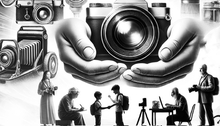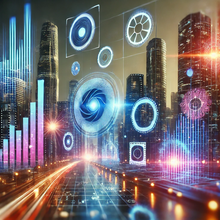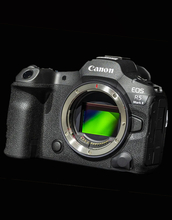PU’s aim is to bring veteran Photographers, Photographers in mid, later and beginning stages of Photography. Students, Graduates, Post graduates,educators, to connect all together through our Facebook community and website. To provide a network, sharing, communicating and supporting all Photographers and film makers in this industry. Communicating how this can be achieved by all of us, including all suppliers.




